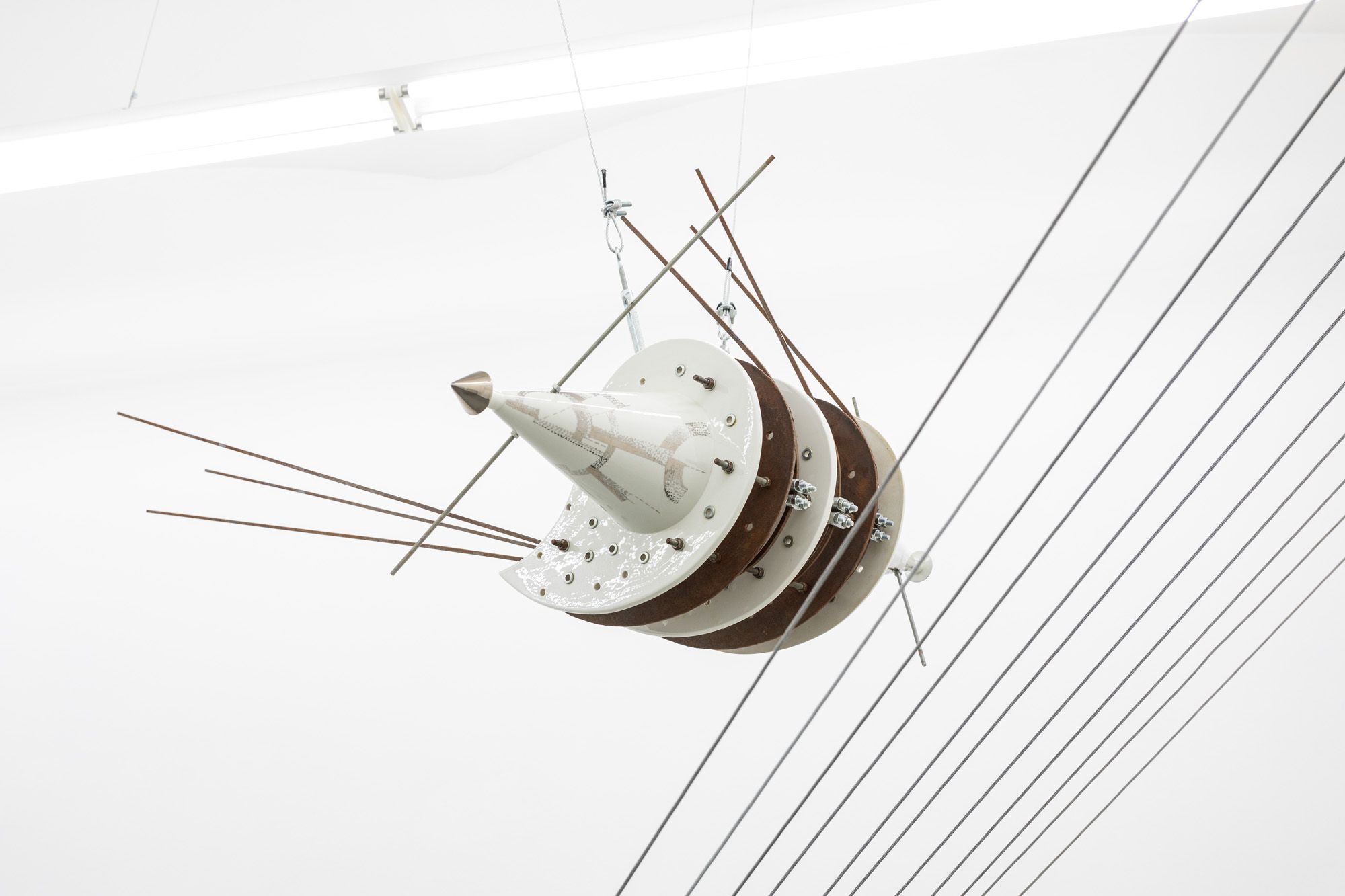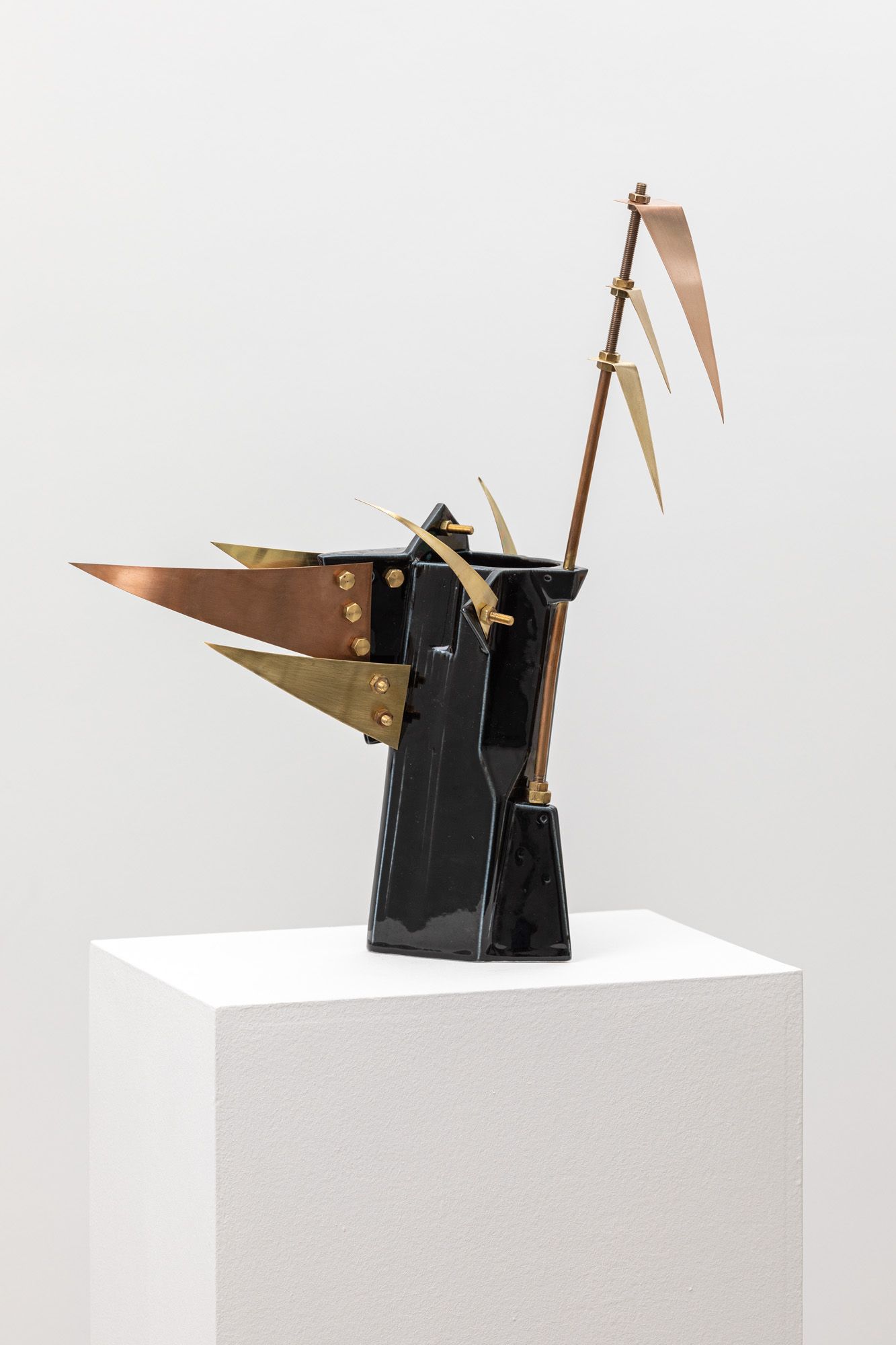Judit Vida
Postmodern Design
| Venue: | acb Attachment |
| Date: | Jan 12 – Feb 23, 2024 |
| Opening: | Jan 11, 2024, 18:00–21:00 |
Description
Tracing the course of Judit Vida’s oeuvre reveals the process that, following the regime change, led her in a new direction in her thinking about ceramic art. In the seventies, during her years at the Academy of Applied Arts, Vida studied traditional ceramics. Her true interests already lay elsewhere however: she was intrigued by the interconnections between ceramics and other art forms. Her works from the eighties consisted of concrete tableware elements (Movement coffee set and Hammer coffeepot), while also putting the utility of those objects in quotation marks. Her ceramic works presently showcased at acbAttachment were created in the nineties. While the displayed pieces show some recognizable formal characteristics, more of an ironic approach is taken with respect to their function. These are luxury objects, by no means made for everyday use. They are works of art – or, as Péter Balassa referred to them, metaobjects, i.e. objects that also carry their own self-reflections.
Around the time of the regime change, Vida began experimenting with combining ceramics and metal, resulting in her Déjà Vu series. The first pieces of the series are reminiscent of traditional industrial tableware, with the difference of being handcrafted so that no two are the same. An exciting tension arises in these works as fragile black or white ceramics collide with metal, a material that behaves completely differently. The angular shapes and metal rods lend a sense of dynamism to Vida’s compositions. These works build on basic shapes, onto which various non-traditionally decorated elements are applied. As the decorative elements that appear on the ceramic pieces play on spatial effects, these objects are much more closely related to postmodern architecture.
By the mid-nineties, Vida had abandoned the form she had consistently used until then; the various irregular parts projecting out of her works from this time increasingly move away from their original basis. In the last pieces of the Déjà Vu series and in her work entitled W.A.M. K-626, the ceramics take on colour. Vida’s post-modern style comes to full fruition in Egogeotika, a series created in the second half of the nineties. These works show ornamentation dominated by gold, black and red, with the use of metallic applications also becoming increasingly pronounced. The objects of this series lost their utilitarian function completely, becoming unique works of art. Judit Vida’s Egogeotika 11, which floats in space, is the epitome of deconstructed ceramic art.

